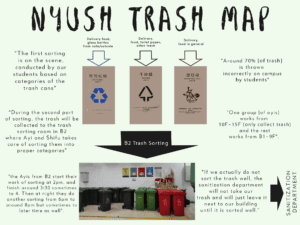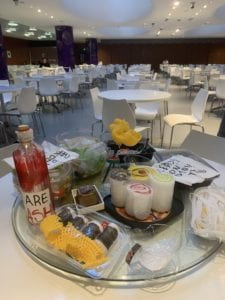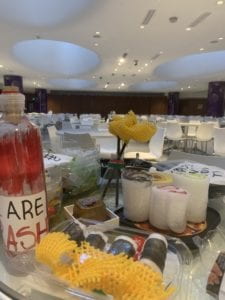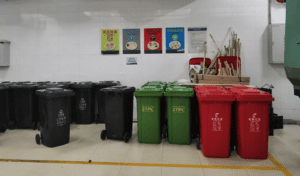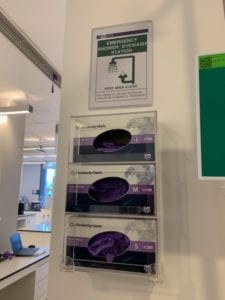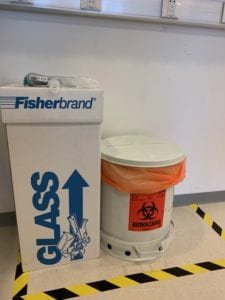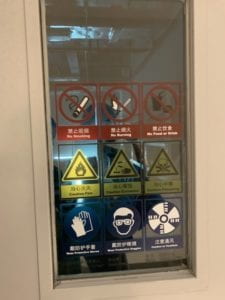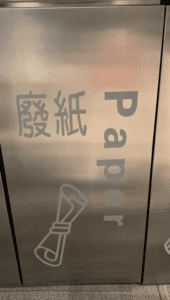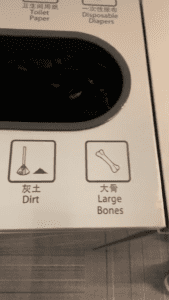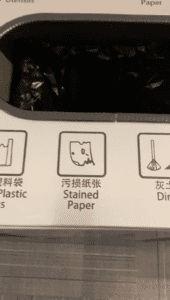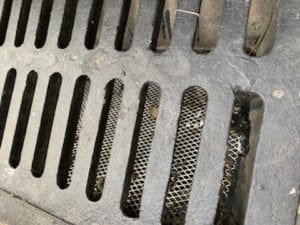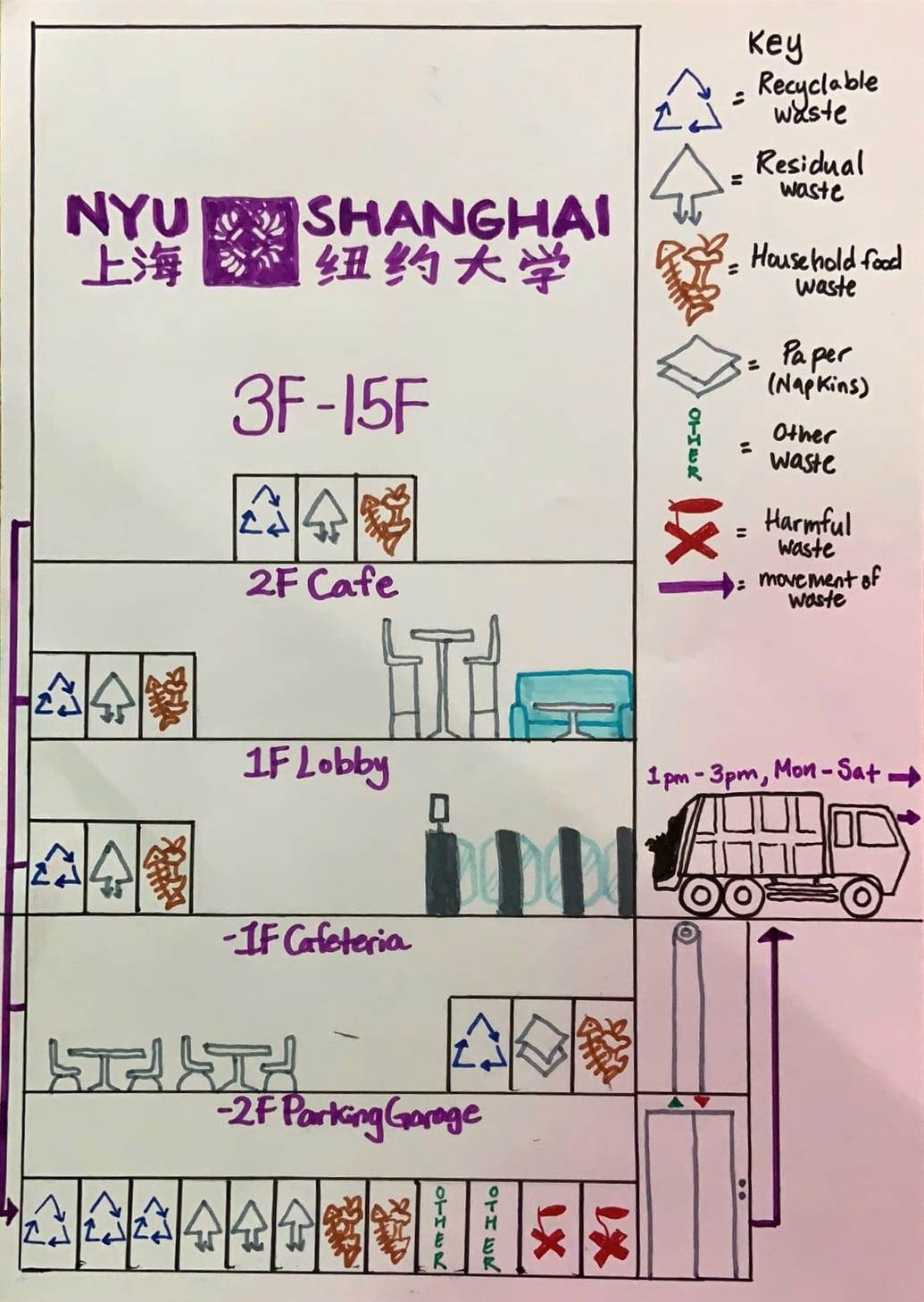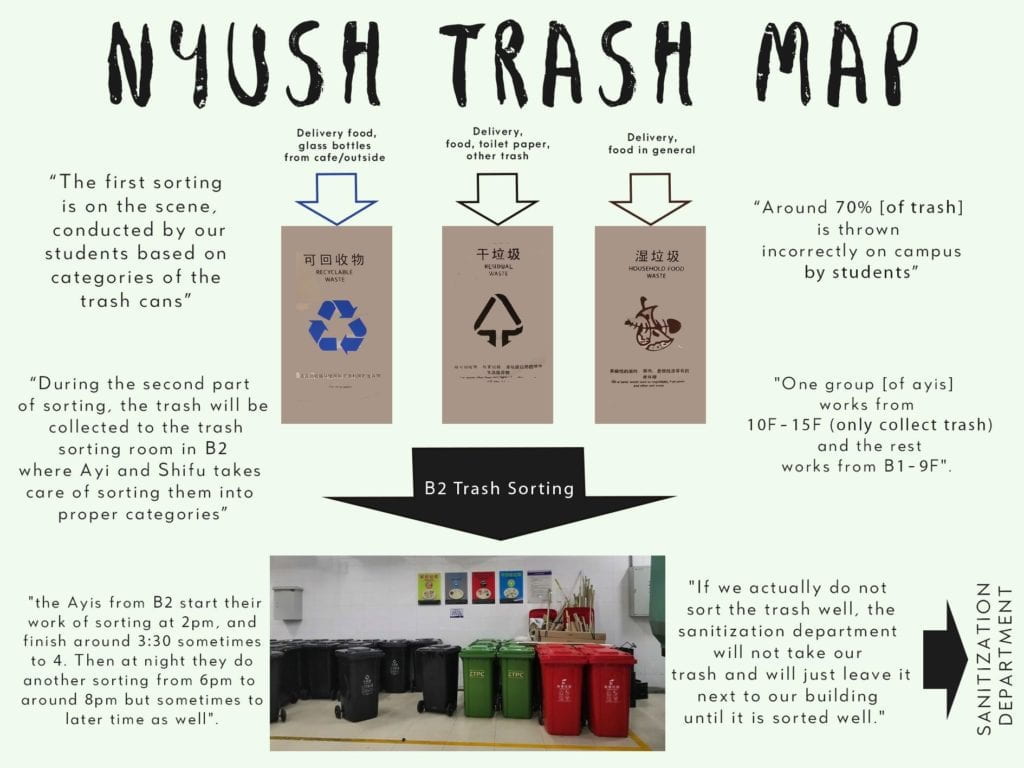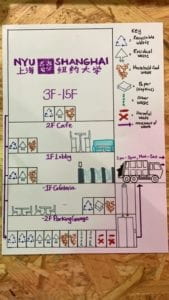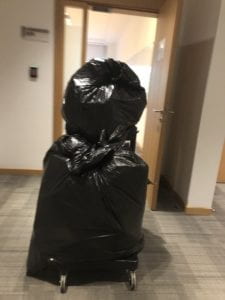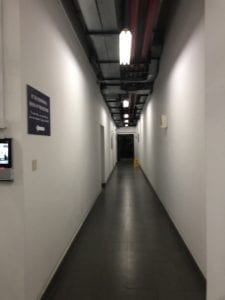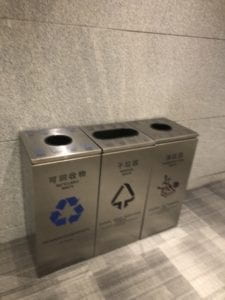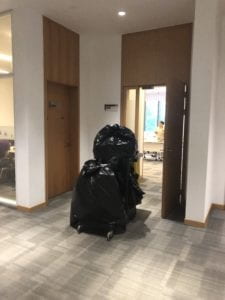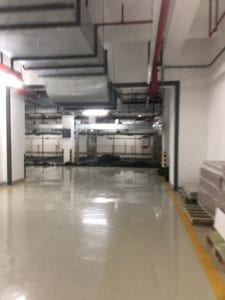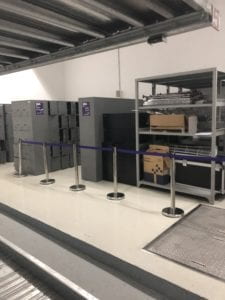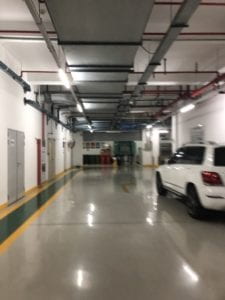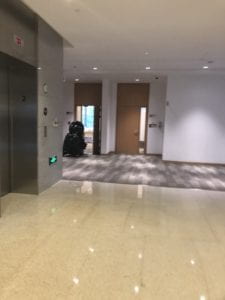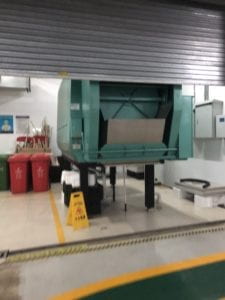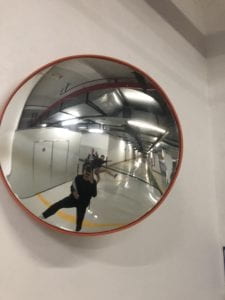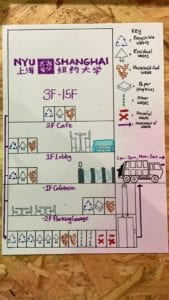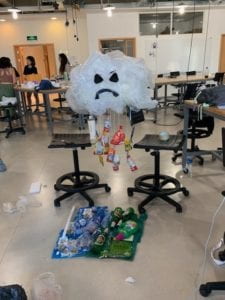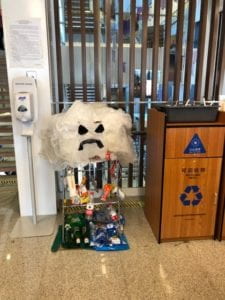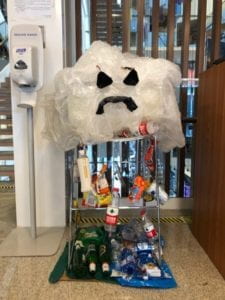During our week 4 class, a trash collector came in to speak with us to talk about how he collects and manages waste within his neighbourhood. From his talk, I learned a plethora of information about Shanghai’s trash collection system in the perspective of the informal sector.
He explained to us the different categories of trash and what types of trash gets sorted into which category. For example, residuals are usually the most type of trash they get whilst, this includes dirty paper, cigarette butts and dirty plastic. Whilst the least amount of trash they get is toxic waste, which includes batteries, lightbulbs and expired medicine.
As a trash collector he works extremely hard, with very long hours. The new Shanghai trash sorting policy has had a big impact on his job. Trash collecting has become much cleaner and organised now. He also notes how the price of trash has dropped this year, in comparison to last. Prices are usually affected by timing such as holidays and weekends.
This talk was incredibly insightful as we often don’t get the opportunity to see trash sorting from Trash Collectors themselves. Hence, this often leads to nonchalance towards sorting out trash properly — something I’m sometimes very guilty of doing. However, seeing his perspective and opinions sheds light on this problem of waste management that we all must hold ourselves responsible for in order to make their lives and waste management, in general, a lot easier.
